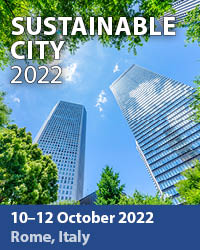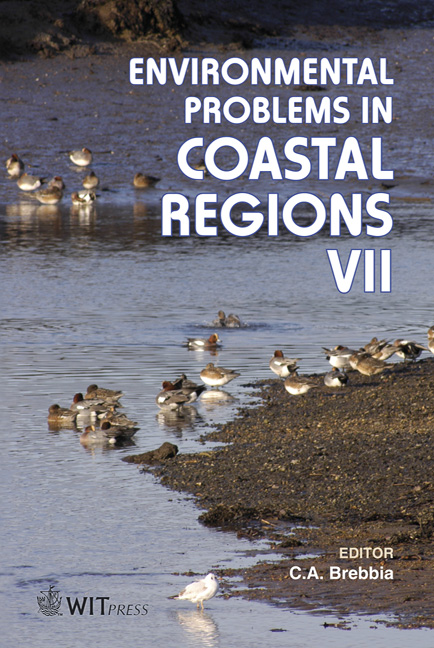Impacts Of A Changing Climate And Low Land Use On A Tropical Montane Cloud Forest
Price
Free (open access)
Transaction
Volume
99
Pages
12
Page Range
59 - 70
Published
2008
Size
1,517 kb
Paper DOI
10.2495/CENV080061
Copyright
WIT Press
Author(s)
I. Torres, J. E. González & D. E. Comarazamy
Abstract
Tropical Montane Cloud Forests (TMCF) are a primary source of fresh water in tropical locations and are highly sensitive to changes in vegetation, sea surface temperatures, and global climate, such is the case in the El Yunque Rain Forest, in Northeastern Puerto Rico. Climatological analyses of this TMCF reveal changes in the region’s climate reflected in increasing moisture content and surface air temperature. Historical changes in the low lands due to agriculture and urban sprawl are suspected to be a source of the climate variation. The focus of this paper is to quantify the climate impacts of changes in land use close to coastal TMCFs, using El Yunque during the dry season as the test case. To achieve this goal, the research makes use of high-resolution remote sensing information and surface weather stations, combined with the Regional Atmospheric Modeling System (RAMS). The coupled and individual effects of land use and global climate change are investigated in detail by performing an ensemble of numerical simulations that represent past and present land use conditions, and past and present climate. Results indicate significant impacts in increasing air temperatures, reduction in cloud base heights, and increases in precipitation in the highlands and are attributed to increases of sea surface temperatures. Historical forestation tends to mitigate these global warming effects in the low land areas, while urbanization tends to augment them. Keywords: dry season, land use, Puerto Rico, RAMS, Tropical Montane Cloud Forest.
Keywords
dry season, land use, Puerto Rico, RAMS, Tropical Montane Cloud Forest.





